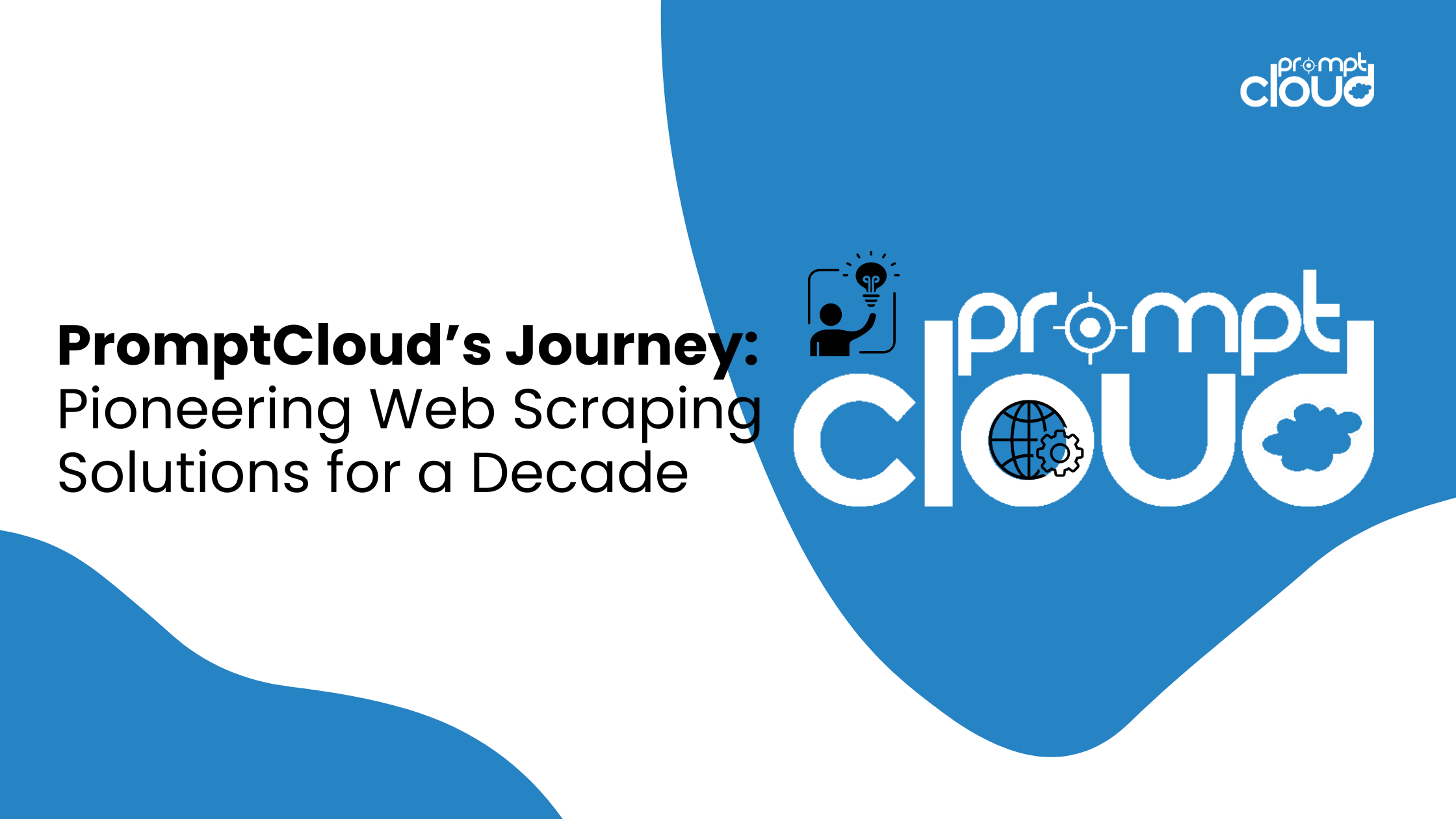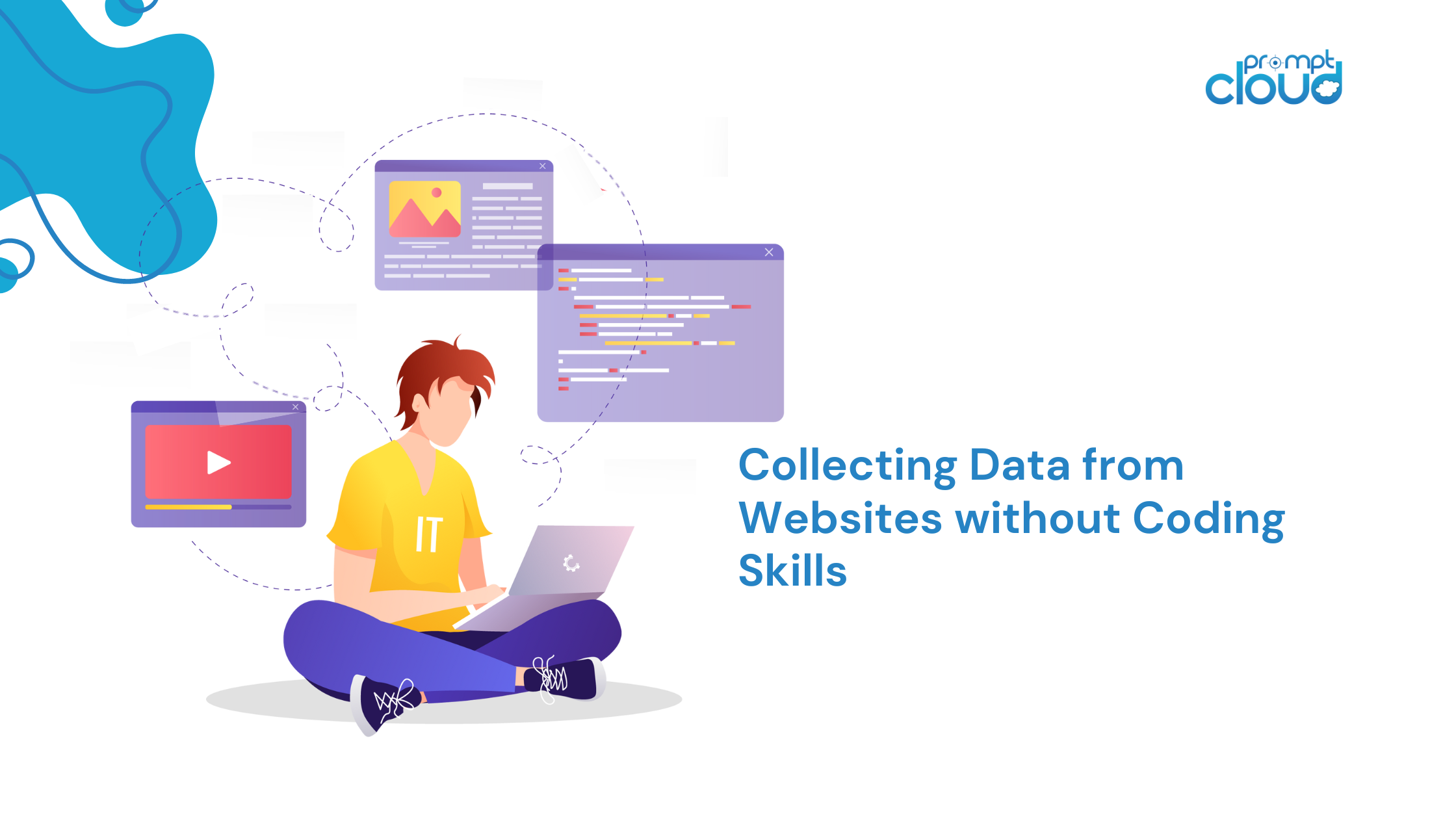When delving into the world of machine learning (ML), choosing one framework from many alternatives can be an intimidating task. You might already be familiar with the names, but it’s useful to evaluate the options during the decision-making process. There are different frameworks, libraries, applications, toolkits, and datasets in the machine learning world that can be very confusing, especially if you’re a beginner. Being accustomed to the popular ML frameworks is necessary when it comes to choosing one to build your application.
This is why we compiled a list of the top 10 machine learning frameworks.
1. Tensorflow
Tensorflow was developed by the Google Brain Team for different language understanding and perceptual tasks. This open source framework is being used for extensive research on deep neural networks and machine learning. Being the second machine learning framework by Google Brain, it is compatible with most new CPUs and GPUs. Many of the popular Google services that we use on a daily basis such as Gmail, Speech recognition, Google Photos and even Google Search are equipped with Tensorflow.
Tensorflow uses data flow graphs to perform complicated numerical tasks. The mathematical computations are elaborated using a directed graph containing edges and nodes. These nodes are used to implement the operations and can also act as the endpoints where data is fed. The edges also represent the input/output associations between different nodes.
2. Caffe
Caffe is a machine learning framework that was designed with better expression, speed, and modularity as the focus points. It was developed for computer vision/image classification by leveraging Convolutional Neural Networks(CNNs). Caffe is popular for its Model Zoo, which is a set of pre-trained models that doesn’t require any coding to implement.
It is better suited for building applications as opposed to Tensorflow which fares better at research and development. If you are dealing with applications with text, sound or time series data, note that Caffe is not intended for anything other than computer-vision. However, it can dynamically run on a host of hardware and does a good job at switching between CPU and GPU using just a single flag.
3. Amazon Machine learning
Amazon has developed their own machine learning service for developers called AML. It is a collection of tools and wizards that can be used for developing sophisticated, high-end, and intelligent learning models without actually tinkering with the code. Using AML, predictions needed for your applications can be derived via APIs that are easier to use. The technology behind AML is used by Amazon’s internal data scientists to power their Amazon Cloud Services and is highly scalable, dynamic and flexible. AML can connect to the data stored in Amazon S3, RDS or Redshift and carry out operations such as binary classification, regression or multi-class categorization to create new models.
4. Apache Singa
Apache Singa is primarily focused on distributed deep learning using model partitioning and parallelizing the training process. It provides a simple and robust programming model that can work across a cluster of nodes. The main applications are in image recognition and natural language processing (NLP).
Singa was developed with an intuitive layer abstraction based programming model and supports an array of deep learning models. Since it is based on a very flexible architecture, it can run both synchronous and asynchronous and even hybrid training methods. The tech stack of Singa comprises of three important components: IO, Model and Core. The IO component contains classes used for reading/writing data to the network and disk. The core component handles tensor operations and memory management functions. Model houses algorithms and data structures used for machine learning models.
5. Microsoft CNTK
CNTK (Cognitive Toolkit) is Microsoft’s open-source machine-learning framework. Although it is more popular in the speech recognition arena, CNTK can also be used for text and image training. Having support for a wide variety of machine learning algorithms such AS CNN, LSTM, RNN, Sequence-to-Sequence and Feed Forward, it is one of the most dynamic machine learning frameworks out there. CNTK supports multiple hardware types, including various CPUs and GPUs.
Compatibility is one of the highlights of CNTK. It is also praised as the most expressive and easy to use machine learning architecture out there. On CNTK, you can work with languages like C++ and python and either use the built-in training models or build your own.
6. Torch
Torch could arguably be the simplest machine learning framework to set up and get going fast and easily, especially if you are using Ubuntu. Developed in 2002 at NYU, Torch is extensively used in big tech companies like Twitter and Facebook. Torch is coded in a language called Lua, which is uncommon but easy to read and understand. Some of the perks of Torch can be attributed to this friendly programming language with useful error messages, a huge repository of sample code, guides, and a helpful community.
7. Accord.NET
Accord.NET is an open source machine learning framework based on .NET and is ideal for scientific computing. It consists of different libraries that can be used for applications like pattern recognition, artificial neural networks, statistical data processing, linear algebra, image processing etc. The framework comprises of libraries that are available as installers, NuGet packages and source code. Accord.NET has a matrix library which facilitates code reusability and gradual algorithmic changes.
8. Apache Mahout
Being a free and open source project by the Apache Software Foundation, Apache Mahout was built with the goal of developing free distributed or scalable ML frameworks for applications like clustering, classification, and collaborative filtering. Java collections for different computational operations and Java libraries are also available in Mahout.
Apache Mahout is deployed on top of Hadoop using the MapReduce paradigm. One great application is to instantly turn data into insights. Once the stored Big Data on Hadoop is connected, Mahout can help the data science tools in finding meaningful patterns from the datasets.
9. Theano
Theano was developed in 2007 at the University of Montreal which is world renown for machine learning algorithms. Although regarded as a low-end machine learning framework, it is flexible and blazing fast. The error messages thrown by the framework are infamous for being unhelpful and cryptic. Leaving these aside, Theano is a platform more suited for research tasks and can be extremely helpful at that.
It is mostly used as a base platform for high-end abstraction systems which would send API wrappers to Theano. Examples of some popular libraries are Lasagne, Blocks and Keras. One drawback of using Theano is that you will have to tinker with some workaround to have multi-GPU support.
10. Brainstorm
Brainstorm is one of the easiest machine learning frameworks to master considering its simplicity and flexibility. It makes working with neural networks faster and fun at the same time. Being written entirely in Python, Brainstorm was built to run smoothly on multiple backend systems.
Brainstorm provides two ‘handers’ or data APIs using Python- one for CPUs by Numpy library and the other one to leverage GPUs using CUDA. Most of the heavy lifting is done by Python scripting which means a rich front-end UI is almost absent.





















